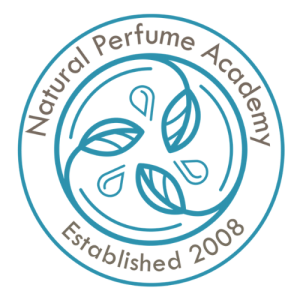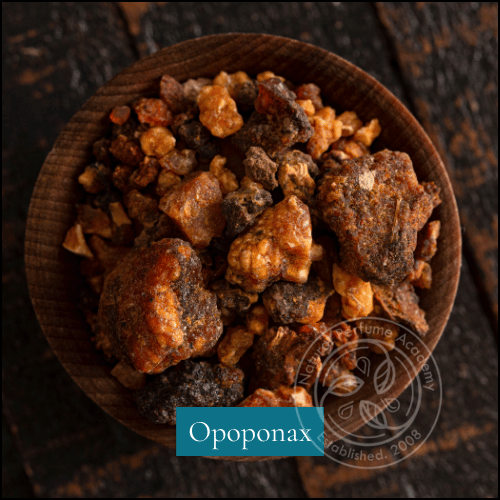Natural Perfume Academy Main Glossary

Welcome to the Natural Perfumery Glossary
The Natural Perfumery Glossary is a comprehensive public resource designed for all natural perfumers, whether you're a seasoned professional or just beginning your journey. This glossary serves as an educational tool, offering detailed definitions and insights into a wide range of natural perfume materials and terms.
Our entries cover various aspects crucial to the art and science of natural perfumery, including:
- Description and Characteristics: Detailed profiles of natural ingredients, including their origins, extraction methods, and unique olfactory qualities.
- Blending Suggestions: Insights into what other materials a particular ingredient pairs well with, helping you create harmonious and well-rounded compositions.
- Usage and Applications: Practical advice on how to incorporate each ingredient into your perfume creations.
- Safety and Regulatory Issues: Important information on the safe use of materials, including any relevant regulatory considerations.
At the Natural Perfume Academy, we are committed to fostering a deep understanding of natural perfumery through education and certification. Our glossary is a testament to this commitment, providing a valuable reference to support your ongoing learning and mastery of natural perfume making. Explore the glossary to enhance your knowledge and craft exquisite, all-natural fragrances with confidence.
Special | A | B | C | D | E | F | G | H | I | J | K | L | M | N | O | P | Q | R | S | T | U | V | W | X | Y | Z | ALL
M |
|---|
Massoia barkMassoia bark cryptocaryo massoio – prohibited (should not be used in fragrance) | ||
Middle Note(same as heart note)notes which normally classify or identify the perfume family or theme of the composition; for instance, if your theme is a white floral, then you would blend some combination of jasmine, neroli, tuberose, gardenia tinctures and other ‘white’ flower oils as the main component of this note | ||
Mossytypified by oak moss, tree mosses and forest floor essences | ||
N |
|---|
Narcoticintense and intoxicating essences such as rose, jasmine, hyacinth and other rich florals | ||
Note/Notesrefers to the melody within the composition, the song of the perfume, the theme, or to a particular part of a perfume or aromatic used within the composition ('galbanum is a note in this perfume'), or it refers to how the composition is perceived, i.e. ‘floral notes’, ‘woody notes’, ‘green notes’ | ||
O |
|---|
Odor DescriptionAccording to Steffen Arctander in Perfume and Flavor Materials of Natural origin: " Part of the "romance" or "thrill" in perfumery work lies in the fact that, not only are all the materials different in odor but hardly ever will two perfumers give identical descriptions of the same material or the same perfume" | |
Olfactoryrelating to the sense of smell | ||
Opoponax
Commiphora erythraea Description: Forms of Use in Natural Perfumery:
Note Family: Balsamic, Resinous, Woody, Oriental Blends Well With:
These combinations yield deep, sensual fragrances with a warm, smoky, and meditative core. Extraction Method:
Unique Characteristics:
| ||
Organsystem of storing bottles of perfume making materials typified by stepped shelving | ||


